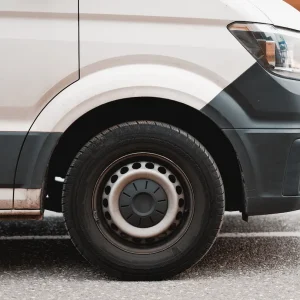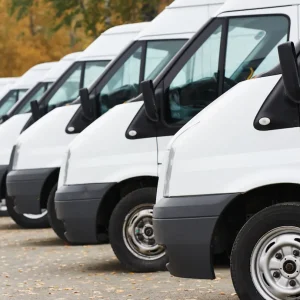Sales in December were down by 14.2% to 15,805.
While SMMT boss Paul Everitt acknowledged that the last 12 months had been challenging for the van sector he added: “We look forward to 2013 being a better year for the commercial vehicle market with a host of new products and innovative technologies boosting registrations."
All the main segments of the LCV market shrank last year with pick-ups down 6.5%, vans of less than two-tonnes down 11.4%, medium vans down 8.5% and large vans down 7.0%.
Of the major manufacturers just Peugeot, Mercedes and Citroen increased sales volumes in 2012.






